For 26-year-old Singaporean Weisi Low, the spirit of exploring and adventure led to a life on the ends of the earth — 78° North of the equatorial plane in the Arctic circle. In her new life in Svalbard, ice-covered fjords, soaring snowy mountains and majestic untouched glaciers are everyday sights. There are also no cases of the coronavirus.
The past 11 months have been exhilarating for Low, who has been enjoying the slower pace and finding peace in nature, a huge difference from her life back in the corporate world in Singapore. To pass her time, she works as a cycling tour guide and sells arctic gear at a local shop.
She spoke with VICE News about NASA-powered internet, polar bears, climate change, and why she chooses to stay while the rest of the world remains in quarantine.
VICE News: Tell us more about where you’re currently at.
Weisi Low: Right now I’m in an Arctic town called Longyearbyen on Spitsbergen island which sits in Norway’s Svalbard archipelago and is about midway between continental Norway and the North Pole.
It’s a really small place, about the size of the Ang Mo Kio area back home and currently has around 2,000 local residents. The longest stretch of road here is 40km — from the airport to a coal mine. But the surrounding wilderness more than makes up for it. There are snowy mountains and even glaciers here, it’s pretty cool. The town is also known for polar bear sightings.
The aurora borealis, or northern lights, also happens here all year round and it’s very visible from where I’m living. I’ve seen the natural phenomenon myself a lot of times and get such great views from my window so I’m very blessed and lucky.
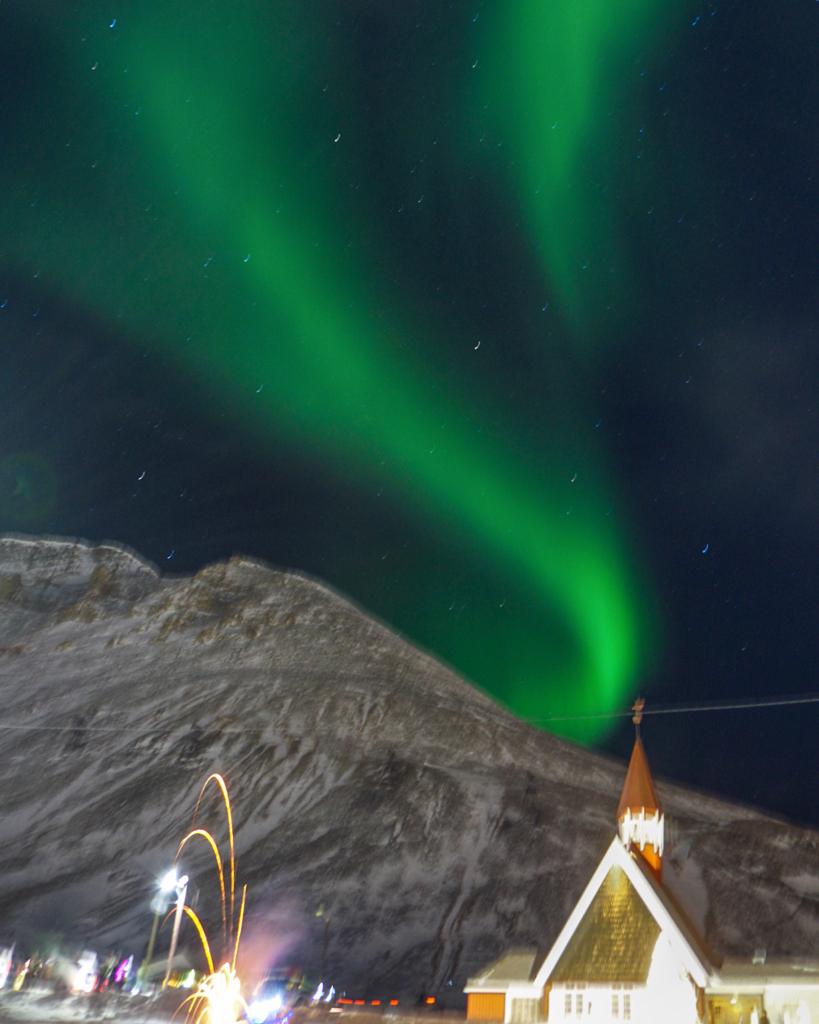
What’s the weather and temperature like?
Not too bad, it’s 2 degrees today! So it means we’re fast approaching winter after what felt like a very quick summer. This week I woke up to snowy white mountains but there’s still lots of brown and green too in the landscape. It’s quite similar to Iceland where there are months of perpetual sunlight followed by very harsh winter cold and darkness.
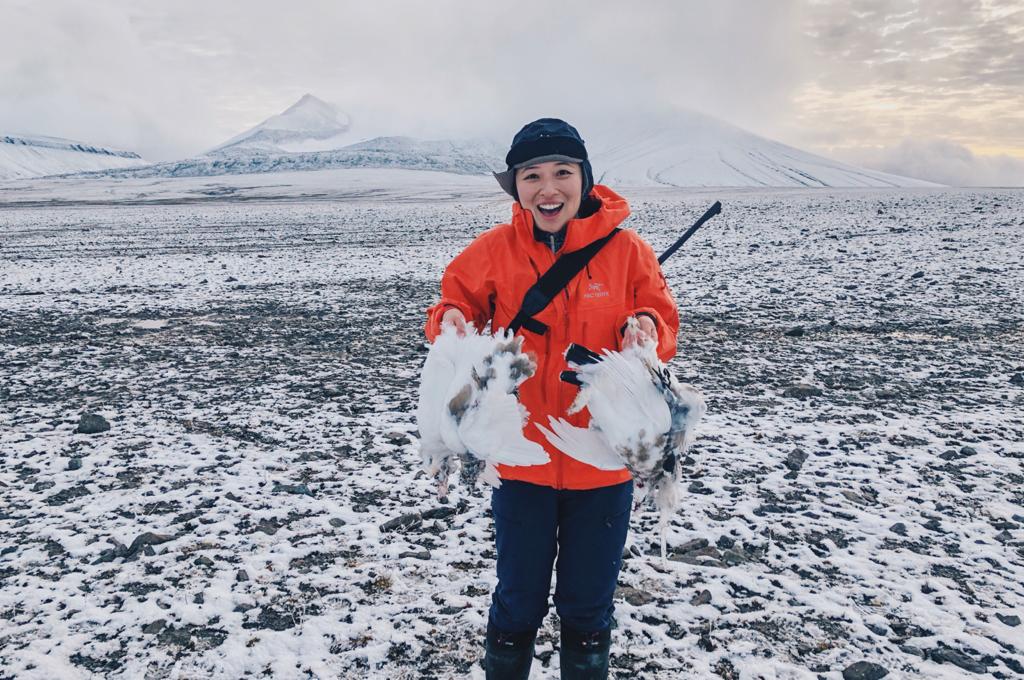
Hunting is seasonal here and the local government sets strict laws and timelines for hunters to follow. I had my first experience on a hunt yesterday — we were on a mountain and its peak was full of snow, with a bit of rocky brown dirt. We were on the lookout for ptarmigans, medium-sized game birds from the grouse family. We got our catch after five hours in the cold outdoors and it was pretty cool. I must say I found the whole experience extremely rewarding.
How’s the internet connection where you are?
Here’s a cool fact: internet infrastructure here is built and powered by NASA because they have a research center nearby in a city called Ny-Alesund where their scientists conduct fieldwork. They’ve set up fiber optic cables so the connection here is super fast and stable. I’m able to watch Netflix too.
What’s a typical day in the Arctic like for you?
I work in tourism so my weekdays and weekends often get blurred.
But when I’m not working, peace and quiet counts for a lot and daily prayers are a big part of my life. I do them when I wake up to feel closer to God and my faith.
City life in corporate Singapore was all about hustling. Being up here, away from all of that, made me cherish my time and space. And I really get to enjoy a slower pace of life here. During my downtime, I listen to music — lots of worship songs. I also read books and make it a point to catch up with my family and friends back home.
A lot of my daily routine also depends on the weather. If it’s raining, I might stay home or take my bicycle out as I really love cycling in the rain. But if there are crazy snowstorms or blizzards then I stay at home.
If the weather stays good by late afternoon, which is the time when my boyfriend ends work, we go on hikes together or hang out with our friends at the local bars. I once saw a seal that was chilling outside, that was super cool. There’s also a cinema but I haven’t been to yet.
Whenever I’m not working and do get some time off, I take the chance to go exploring. We often go camping on long weekends and I have a snowmobile which I use to get around. It gets more exciting during winter when there’s snow and I can go snowmobiling.
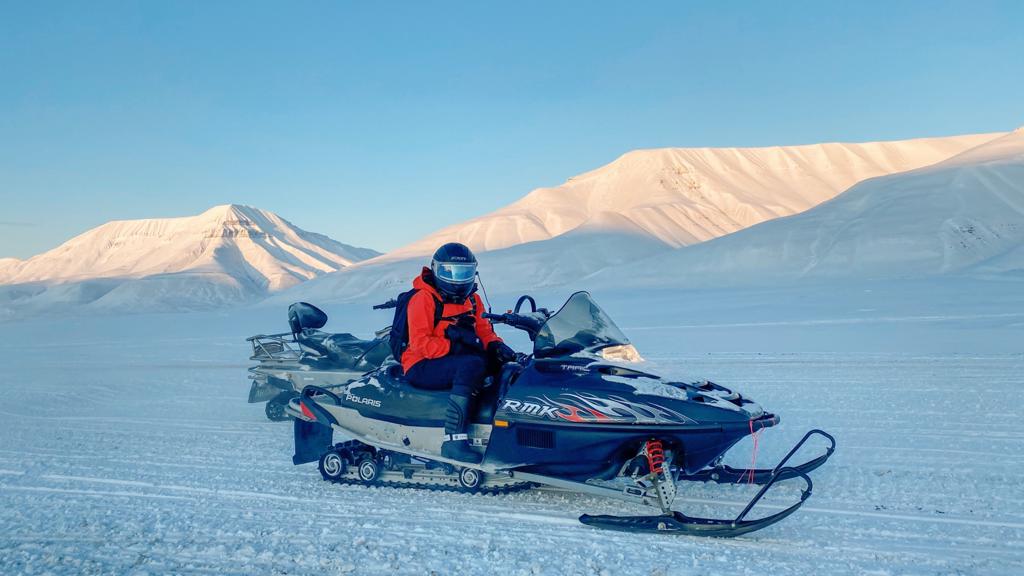
Tell us more about this snowmobile.
Would you believe that it’s the first-ever motor vehicle that I’ve owned? I take it around with me and go to see glaciers. There was one time I went to a nearby Russian town and got caught in a huge snowstorm. I was waist-deep in snow and couldn’t go back to Longyearbyen so I ended up having to be rescued by helicopter. But it turned out to be a blessing in disguise because I got to see insane aerial views of mountains and glaciers — I don’t regret anything at all.
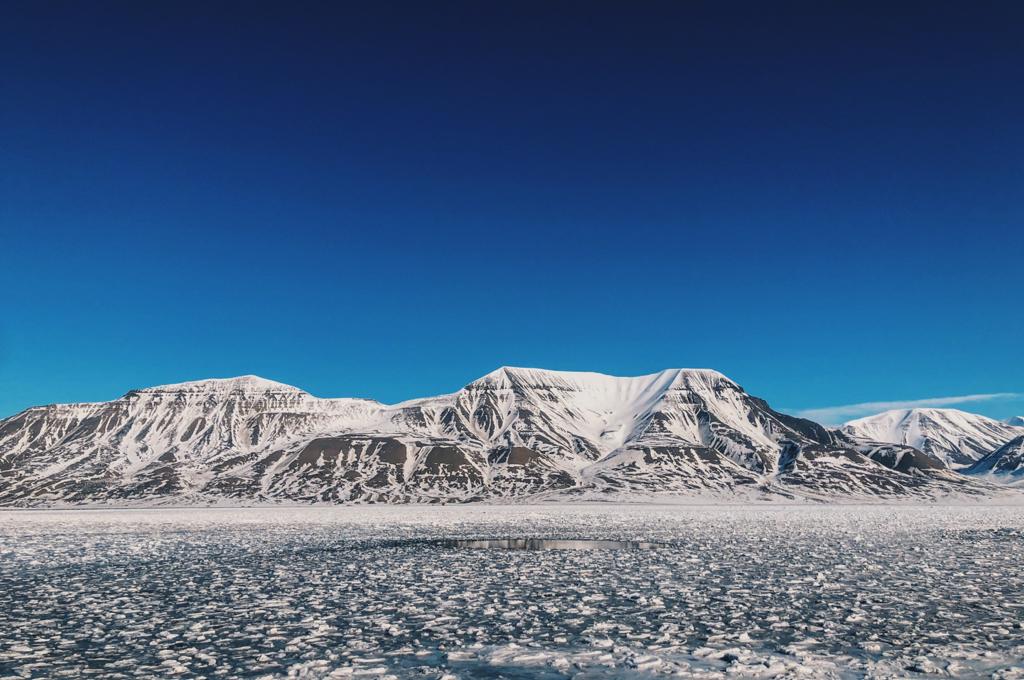
What was it like seeing glaciers for the first time?
I don’t think words can ever do justice, the feeling and experience of seeing one before your eyes is indescribable. I first saw one when I went on a boat trip to Russia and passed by an enormous glacier. It was just so beautiful, so untouched. I even saw a polar bear chilling near it by the rocks. Strangely enough, the bear was more yellow than white and it blended in perfectly with its surroundings.
It must be a totally different experience seeing polar bears in the wild.
Definitely. It’s a lot better for the bears to be in the wilderness than in a zoo. While I appreciate the efforts that zoos take, seeing them in small, cramped enclosures can never compare to seeing them in their natural arctic habitats. The same goes for other native Arctic animals. I’ve seen Arctic foxes, walruses, reindeer, seals, and even whales. Even orcas have been known to be spotted in waters around here. I was also lucky enough to see beluga whales out in the ocean swimming freely in a huge pod. It was so magnificent.
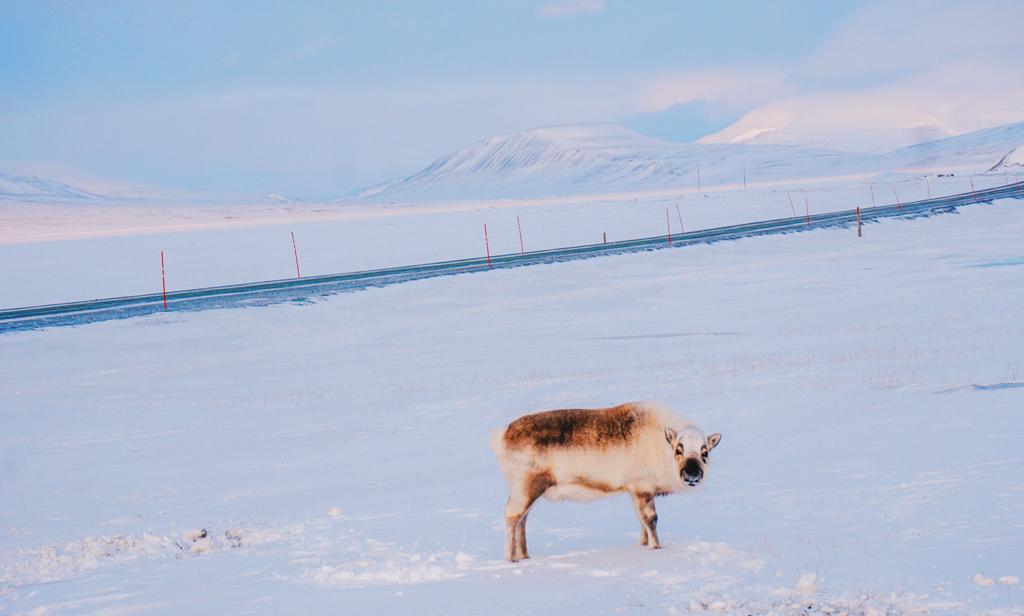
It’s really hard to describe such feelings, but it was grand, comparable or even better than what you’d see in nature documentaries on BBC Earth or National Geographic.
Even the domesticated animals are different up here, dogs go on hunts with their humans. And I believe that’s how the relationship between humans and animals should be — far different from what we see in cities.
I’ve also experienced the thrill of dog sledding first-hand, with 10 huskies pulling two sleds. You form a bond with the dogs and get them ready as they take you along the valleys and under aurora skies.
Is it true that polar bears outnumber human residents in the village that you’re in?
Yes! Polar bears here and elsewhere in the region outnumber people, especially now that the coronavirus has forced some residents to leave town.
But the bigger issue at play here is climate change. Because of it, there have been more bear sightings around town and it’s really due to the melting of sea ice. Polar bears hunt for seals and only if they can’t do so do they come to town to find food, which explains why I am seeing them a lot more.
Last December, there was someone who said she spotted from her window an adult polar bear and her cub strolling down the street. If that happens, you’re meant to stay as far away from them as possible. And if you’re out of town, you must always carry a rifle and a flare gun for your personal safety in the event that a polar bear charges at you.
How did you end up so far away from home?
It was in December 2017 and around Christmastime when I visited this place after a work stint in the United States. I wanted to explore unknown places around the world and I did a Google maps search and found Svalbard, a place that was so isolated and with such a tiny local population, near the North Pole.
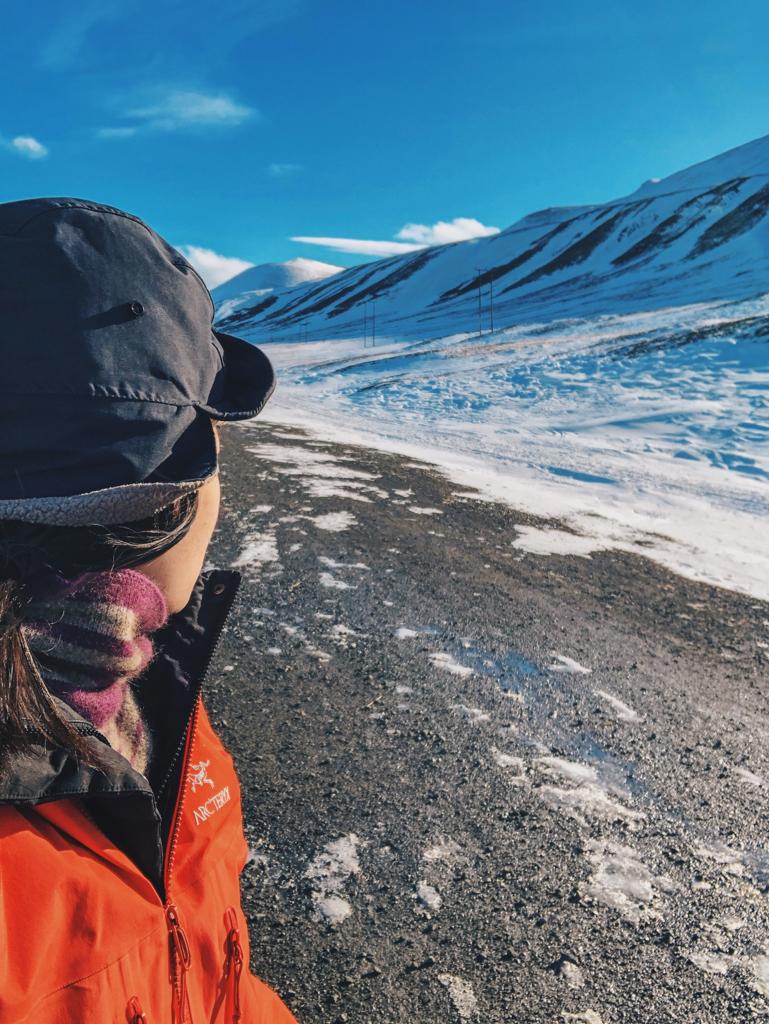
I was after peace, tranquility, and silence and all that really hit me after coming here. I instantly fell in love with the place and decided that I wanted to live here. So I returned after finishing my studies and graduating in Singapore in May 2019. I wanted to chase winter so I had to time my move strategically and smartly after the peak tourist season in summer. I made the epic move here last November and have been living here for the past 11 months.
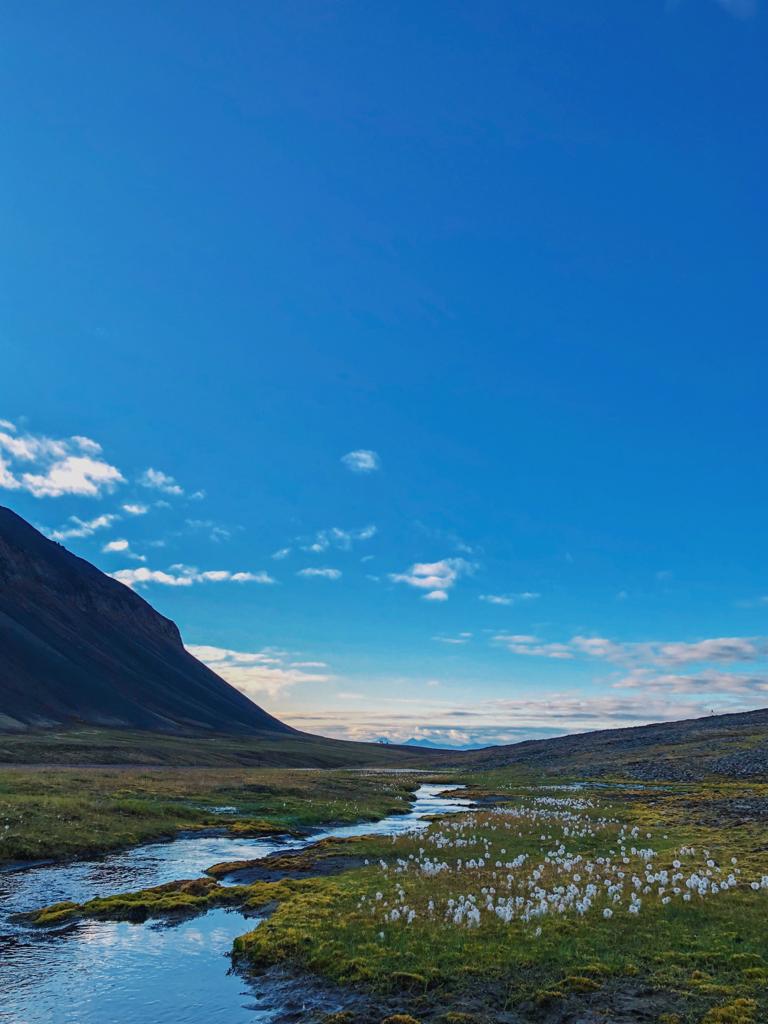
And how did you find out about the pandemic?
I first heard about it from news reports and my impression was that it was just a disease that would be contained within China and wouldn’t spread. But of course, I was wrong and slowly it spread. I saw its movements hitting home in Singapore and then spreading to Europe and the rest of the world, which began to shut down. It was late March when I felt its impact: my work was affected and we were told that borders around the town were going to close. The tourist numbers were obviously affected and started to dwindle so I found myself out of work in April and May. I took the time and opportunity to go off exploring instead.
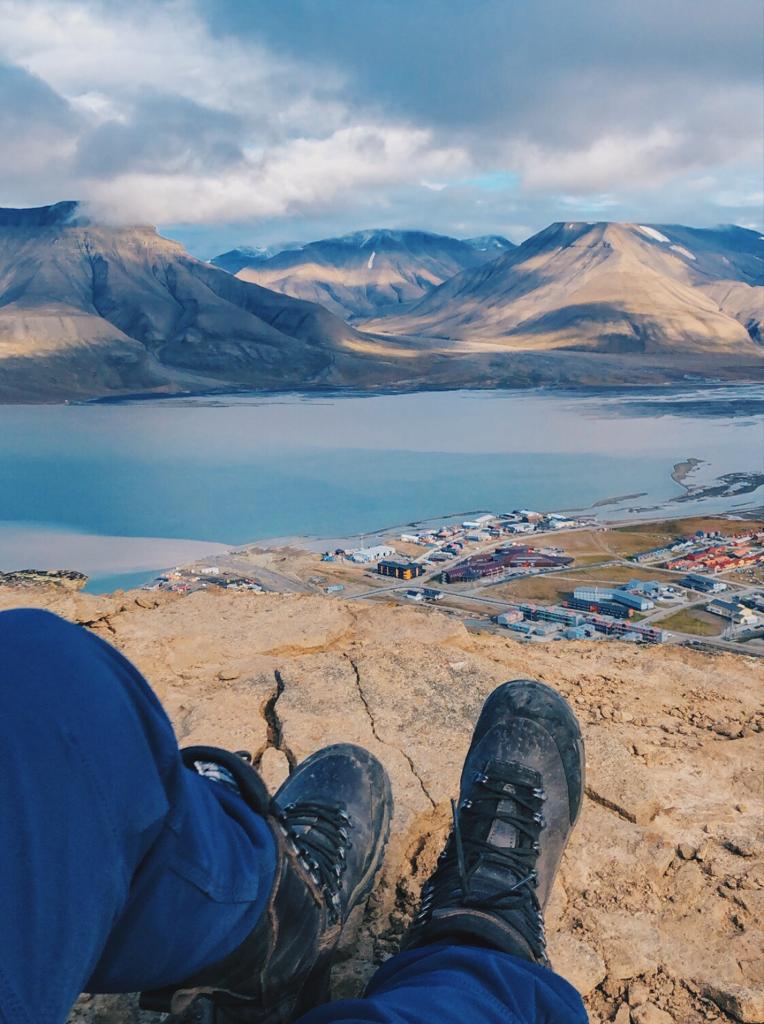
The World Health Organization reported zero COVID-19 cases in the Svalbard and Jan Mayen Islands, so you’re pretty safe from the virus. Do you see yourself staying long?
Definitely. I intend to be here for the next few years and by the time I do decide to return home, hopefully, the coronavirus pandemic will have ended. I’m pretty happy where I am right now anyway — it’s safer here than back home in Singapore.
What have you been surviving on?
A lot of groceries here come by boat from mainland Norway and it’s a long journey that takes quite a while as you can imagine, so the fresh food that arrives here is often not pretty and also really expensive. I try to eat as much greens and salads as I can but paying for something like broccoli can be insane. The price of a single stem can fetch as much as a large floret in Singapore, it’s crazy.
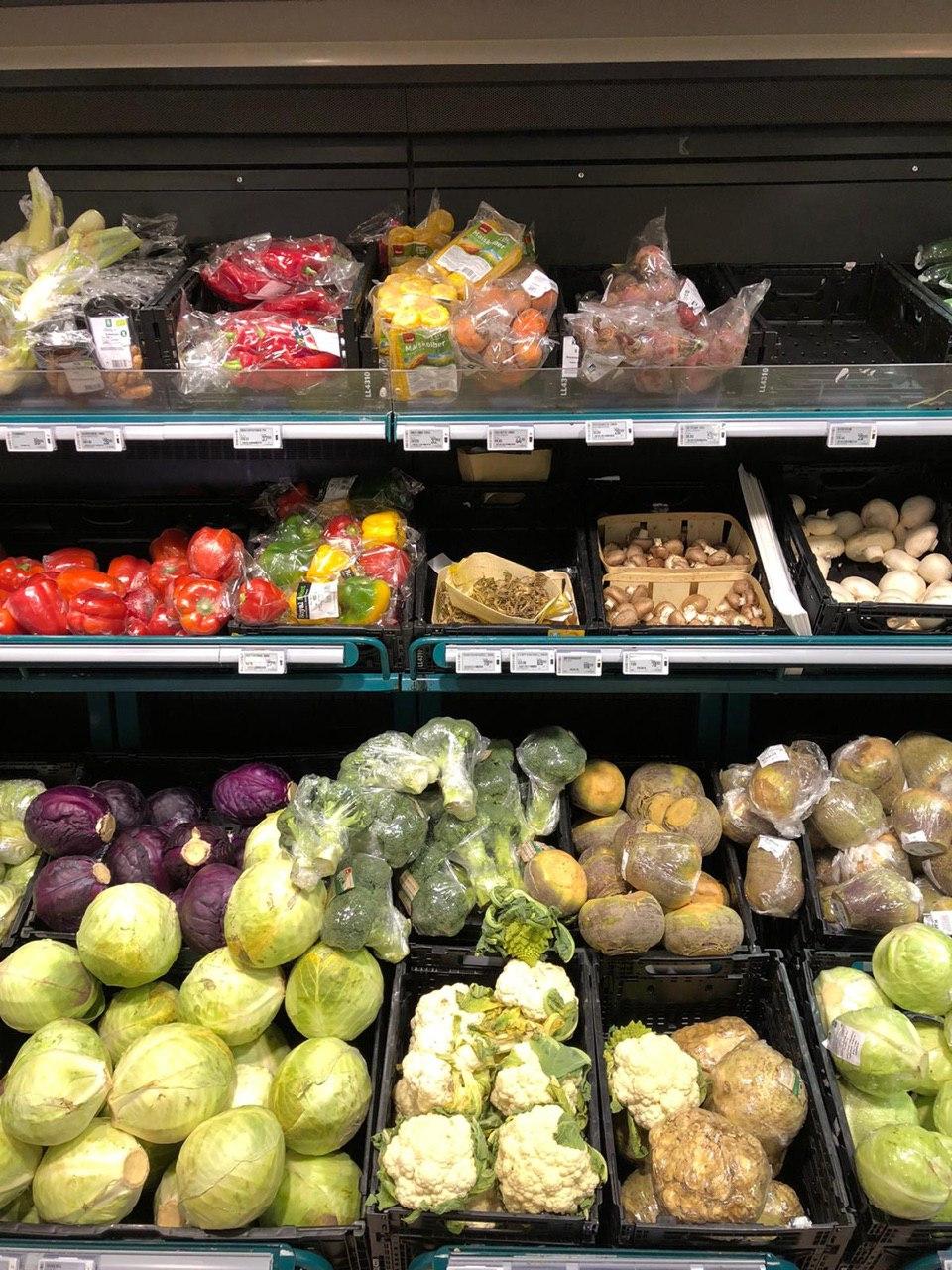
I thought that by coming to a cold place like this, I would end up losing weight but it’s the opposite. I’ve been eating lots of fat and carb-heavy food to keep warm. I also end up eating a lot of frozen food. In terms of protein, I eat more fish than chicken as it’s cheaper. Bread and eggs are other staples of my diet and of course, so is rice. I really miss Singapore food and a friend from home was kind enough to send me a care package which contained local cooking pastes. It was tough sourcing for ingredients but I managed to make laksa, satay bee hoon and bak kut teh, it was so good. Strangely enough, there is a local Thai grocery store here to cater Thais and there are a few Filipinos here too.
What was the hardest adjustment you had to make in the Arctic?
It was definitely having to get used to the lack of daylight. It was really hard for me at first because I arrived during the dark of winter and the lack of sunshine and light resulted in Vitamin D deficiency. I was constantly tired. I would feel tired waking up at noon and still be lethargic at night. It was then that I realized I was lacking in vitamins and iron so I relied on pills and magnesium tablets and that helped a lot. I also had to keep busy and distracted during winter because days are short and the nights are long. I did a lot of socializing to pass the time. But when the midnight sun finally arrived, there was constant sunshine and I was so happy. I didn’t realize how much I missed the sun. But I think I’ve adjusted pretty well since then.
What are your plans for the rest of the month?
I’ll be heading to mainland Norway on Friday for a vacation and have to stop by a pharmacy before that to buy some face masks — I’m already feeling weirded out by that.
This interview has been edited for length and clarity.
from VICE US https://ift.tt/2ZHi4EW
via cheap web hosting
No comments:
Post a Comment